Choosing between a fixed or variable rate can feel overwhelming — especially with interest rates shifting in 2025. Whether you’re a first-time buyer, investor, or refinancing your current mortgage, understanding the pros and cons of each option is key to making a confident decision.
At Flenley Financial Group, we help clients compare both fixed and variable rate home loans across 340+ lenders, tailoring recommendations based on your financial goals and lifestyle.
Traditionally, lenders prefer a 20% deposit. But in today’s lending environment, many approved buyers can secure a home loan with:
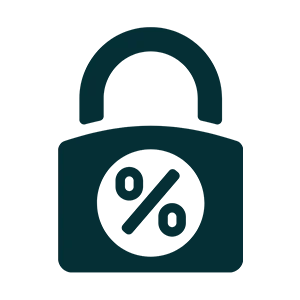
A fixed rate loan means your interest rate is locked in for a set period — typically 1 to 5 years.
Key Benefits:
Things to Watch Out For:

With a variable rate loan, your interest rate can change based on market conditions.
Key Benefits:
Things to Watch Out For:

A split loan allows you to fix part of your loan and leave the rest variable.
Why Some Borrowers Choose This:
Let’s say you take out a $300,000 home loan on a 30-year term. Now imagine you’re comparing two options: a variable rate starting at 5.7% and a fixed rate locked in at 7.7% for five years. If interest rates stay flat at 5.7% during that five-year period, fixing at 7.7% could end up costing you significantly more about $30,000 in additional interest. That’s a tough pill to swallow, especially if the market stays steady.
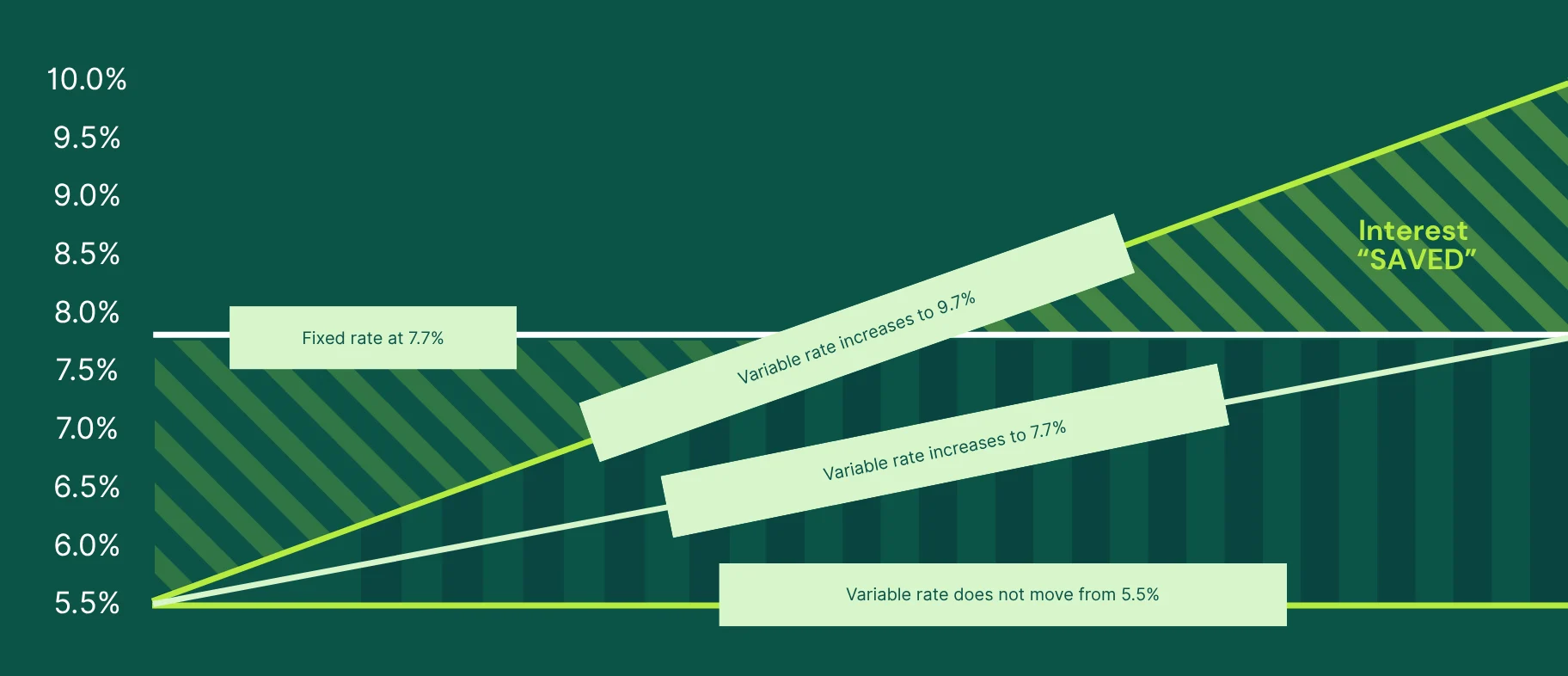
An example of different interest rate scenarios for the first five years of a 300,000 home loan
Now let’s say rates rise gradually from 5.7% to 7.7% over those five years. Even then, fixing would still cost you around $15,000 more in interest. For the fixed rate to actually break even with the variable rate, the variable rate would need to jump sharply reaching about 9.7% after five years. Only then would the total interest paid equal the cost of fixing at 7.7%.
This is why choosing between fixed and variable isn’t just about guessing where rates will go, it’s about how long you plan to hold the loan, your risk tolerance, and how much flexibility you want.
We’ve built exclusive relationships with over 340 lenders.
When you apply through Flenley, the lender pays us — not you.
No hidden fees. No upfront charges.
Just expert advice focused on what’s best for your financial future.

340+ lenders compared
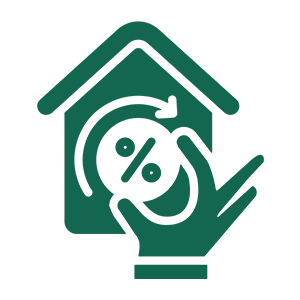
Fixed, variable, and split loan options tailored to your goals

Clear advice without bank bias

No client fees

Help with refinancing,
first-time purchases, and low deposit loans

Personalised structuring based on your income, goals, and life stage
We’ll help you understand which loan structure makes the most sense for your situation — whether you’re buying your first home or refinancing in a rising market.
Or call us directly at 0461 559 105 for immediate advice.
Get a quick estimate now
Check your repayments
Don’t forget upfront costs
Calculate in 60 seconds
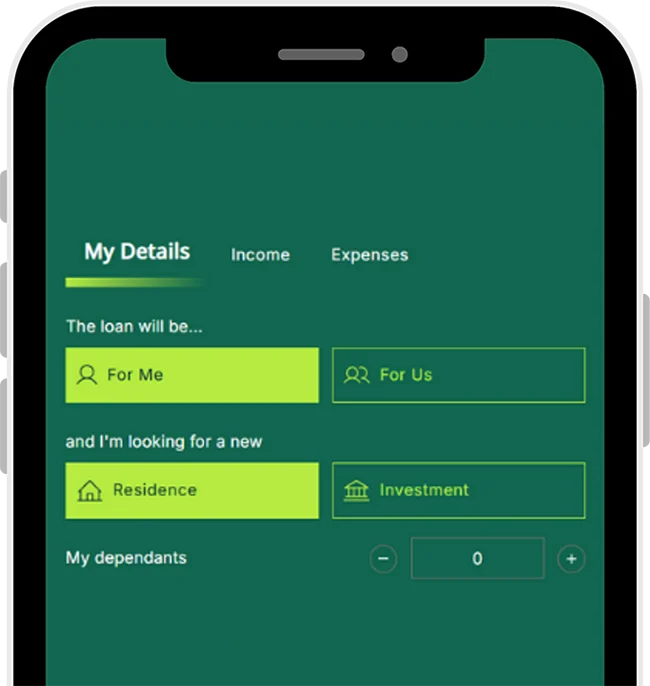
Redefining financial services in Australia with top-tier customer satisfaction, innovation, and comprehensive care.